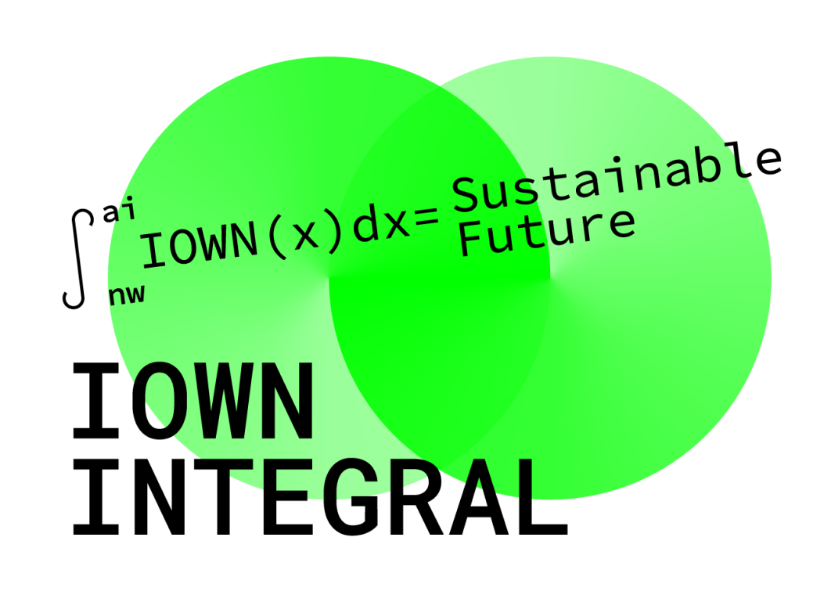What to expect from NTT R&D Forum 2024
As the planet gets smaller, access to internationally hosted software application development and data science events appears to also gravitate around a tighter and more accessible orbit.
Excuse the slightly ‘flowery’ opening, but that’s almost how it feels to now follow NTT Research & Development (R&D) since the start of this decade on its mission to explain how it wants to create tools and technologies for engineers and businesses (and, of course, users, ultimately) that make data intelligence more functional and ultimately lead to the creation of a more sustainable future society.
This is the NTT R&D Forum 2024 and the Computer Weekly Developer Network team has its sights set on Tokyo’s Musashino R&D Center this November 2024… so what can we expect?
Integration information technology
The company has this year themed its event around the word INTEGRAL, which it says in this sense carries two meanings: “integration” and “indispensable”, which (combined) reflects NTT R&D’s commitment to integrating the application scope of its IOWN concept across a wide range of areas from networks to AI, making it indispensable for realising a sustainable future society.
Let’s (as always) remind ourselves what NTT means by IOWN. The Innovative Optical and Wireless Network (IOWN, often pronounced aye-own) is a vision designed to enable high-speed large-capacity (often low-power) communication and information processing infrastructures.
The integral IOWN vision this year will again be showcased by keynotes delivered by Akira Shimada, president and CEO of NTT alongside Shingo Kinoshita in his role as senior vice president and head of research and development planning at NTT. Key press sessions will no doubt also be delivered in English by Kazuhiro (Kazu) Gomi, president and CEO of NTT Research, who these days is known to us as Gomi-san.
Photonics-electronics convergence
With sessions dedicated to examining the factors underpinned by next-generation AI (sections of this event that will no doubt include updates to NTT’s own ‘tsuzumi’ large language model) and NTT will also host sessions on the future of photonics-electronics convergence technology and supercomputers.
NTT R&D now aims to equip tsuzumi with advanced reading capabilities to solve complex tasks on behalf of humans.
“Specifically, we are working on developing a feature that enables visual comprehension of images and user interfaces, allowing tasks to be performed through natural dialogue. We will showcase business use cases requiring visual comprehension technology, such as purchase processes on e-commerce sites and application workflows,” notes the company.
In networking, NTT says it will focus on research on speed-up factors for the advancement of networks to “support comfortable life” through wireless (6G/IOWN), operations and fixed mobile convergence.
“In recent years, telecommunication services have become increasingly important as social infrastructure… and in the event of a large-scale system failure, it is critical to minimise the impact on telecommunication services and restore them as soon as possible. In order to support accurate and rapid assessment of the situation in an integrated manner, we will exhibit a method to estimate failure locations across network layers and quickly calculate the ripple effects on services through the collaboration of ‘Knowledge-based autonomous failure-event analysis technology for network’ (Konan) and Network Operation Injected Model (NOIM),” details NTT, in a technical preview statement.
NTT has been also advocating social well-being as a concept and says it will introduce a technology to measure objective well-being across social groups using AI, based on objective data such as text and images that are typically exchanged during the normal course of life.
All-Photonics Network
The company will also focus on its All-Photonics Network (APN) technologies – a key initiative that is very much tied to the wider IOWN platform. By making use of high-capacity, low-latency APNs to connect datacentres, multiple remote facilities can be managed as if they were a single, unified datacenter.
According to NTT, this approach is gaining attention as a solution to challenges like urban space shortages (both in Japan and the rest of the world) and the adoption of renewable energy.
In total, NTT will segment its conference and presentations into three areas:
- the research area,
- the development area
- the business area.
The latter business zone will focus on customer experience & developer experience, security & privacy… and on communication & computing.
Certainly, there is a lot to take in and we’ll be ingesting and imbibing in equal measure. As they say in Japan, 乾杯、つながりましょうkanpai, tsunagarimashou (cheers! let’s connect).


Akira Shimada, president and CEO NTT.



